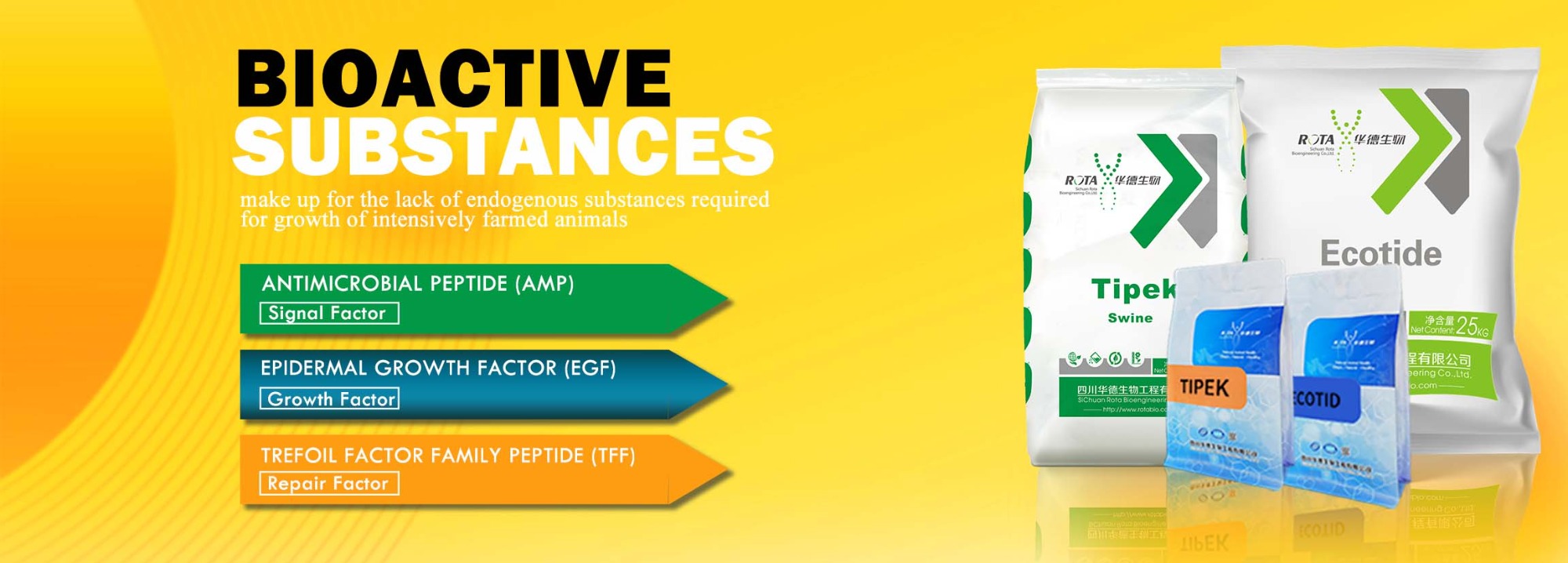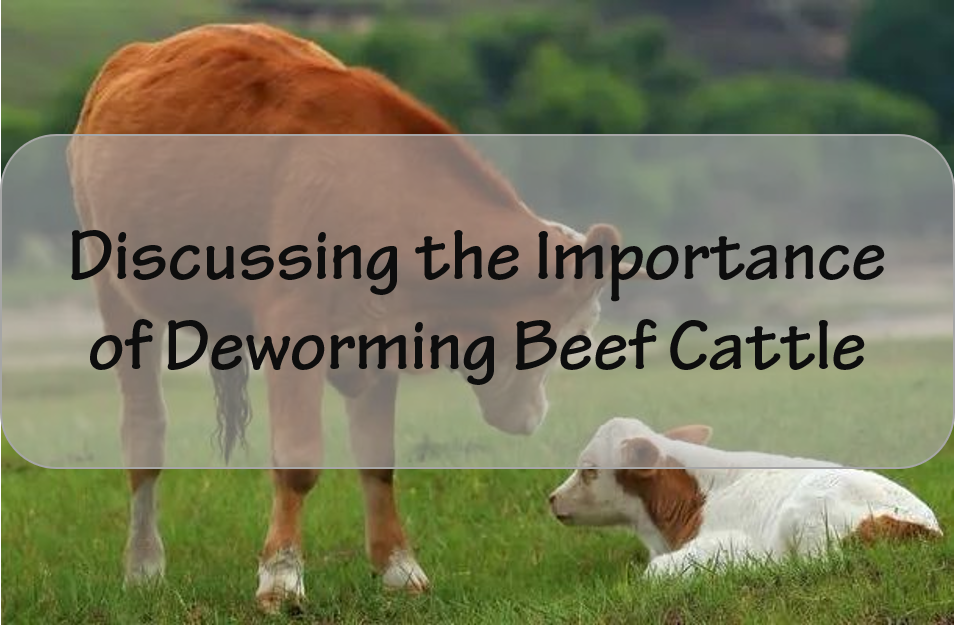| Intestine Microbiome, Metabolism and Host Immunity Chapter Ⅲ Advances in high-throughput sequencing technologies and the development of computational tools to analyze high-complexity data have enabled in-depth studies of the microbiome. Microbial DNA or RNA can be processed into next-generation sequencing (NGS) libraries for high-throughput sequencing, and computational tools such as quantitative analysis of microbial ecology (QIIME,from Knight lab, mothur (Schloss lab), bioBakery of analysis tools (hutten Hall laboratory) and other software packages for analyzing microbial ecology (Alm laboratory) (see figure).  Hybridization approaches that selectively enrich genomic targets to identify individual bacterial species have been applied in a variety of studies and also successfully used to capture rare, ancient, and hard-to-obtain DNA and cDNAs. This technique involves the array- or solution-based capture of target homologous DNA fragments from NGS libraries using synthetic oligonucleotide probes or PCR products baited with the DNA sequence of interest. Selection of library fragments homologous to the bait sequence followed by sequencing and analysis. Although this technique improves the ability to recover the entire genome and transcriptome of rare species, it is still limited by the need for prior knowledge of the target sequence. Single microbial cells can be characterized and quantified to measure their metabolic activity using flow cytometry and tandem mass spectrometry. This single-cell strategy enables the analysis of cell-to-cell functional changes and the discovery of new regulatory mechanisms. However, sorting individual cells from a heterogeneous community and sampling samples deep enough to retrieve biologically meaningful data remains difficult. Despite these limitations and these sequencing strategies can minimize host sequence contamination, reduce the difficulty of assembling genes and individual genomes, and reduce amplification bias that often hinders the analysis of more diverse microbial communities.  |
 Discussing the Importance of Deworming Beef Cattle
Discussing the Importance of Deworming Beef Cattle
 In broiler chicken breeding, if this disease cannot be prevented, sporadic deaths will continue until they are out!
In broiler chicken breeding, if this disease cannot be prevented, sporadic deaths will continue until they are out!
 Cattle and Sheep 100 Questions Ⅱ
Cattle and Sheep 100 Questions Ⅱ
 Cattle and Sheep 100 Questions Ⅰ
Cattle and Sheep 100 Questions Ⅰ